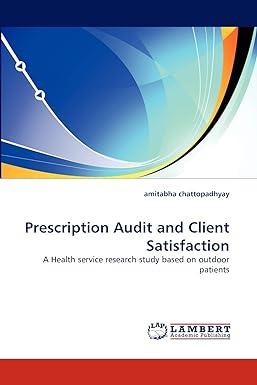
7.2 Explain how the principle of separation of duties is violated in each of the following situations. Also, suggest one or more procedures to reduce the risk and exposure highlighted in each example. a. A payroll clerk recorded a 40-hour work-week for an employee who had quit the previous week. He then prepared a paycheck for this employee, forged her signature, and cashed the check. b. While opening the mail, a cashier set aside, and subsequently cashed, two checks payable to the company on account. c. A cashier prepared a fictitious invoice from a company using his brother-in-law's name. He wrote a check in payment of the invoice, which the brother-in-law later cashed. d. An employee of the finishing department walked off with several parts from the storeroom and recorded the items in the inventory ledger as having been issued to the assembly department. e. A cashier cashed a check from a customer in payment of an account receivable, pocketed the cash, and concealed the theft by properly posting the receipt to the customer's account in the accounts receivable ledger. f. Several customers returned clothing purchases. Instead of putting the clothes into a return bin to be put back on the rack, a clerk put the clothing in a separate bin under some cleaning rags. After her shift, she transferred the clothes to a gym bag and took them home. g. A receiving clerk noticed that four cases of MP3 players were included in a shipment when only three were ordered. The clerk put the extra case aside and took it home after his shift ended. h. An insurance claims adjuster had check-signing authority of up to $6,000. The adjuster created three businesses that billed the insurance company for work not performed on valid claims. The adjuster wrote and signed checks to pay for the invoices, none of which exceeded $6,000. i. An accounts payable clerk recorded invoices received from a company that he and his wife owned and authorized their payment. j. A cashier created false purchase return vouchers to hide his theft of several thousand dollars from his cash register. k. A purchasing agent received a 10% kickback of the invoice amount for all purchases made from a specific vendor. 7.2 Explain how the principle of separation of duties is violated in each of the following situations. Also, suggest one or more procedures to reduce the risk and exposure highlighted in each example. a. A payroll clerk recorded a 40-hour work-week for an employee who had quit the previous week. He then prepared a paycheck for this employee, forged her signature, and cashed the check. b. While opening the mail, a cashier set aside, and subsequently cashed, two checks payable to the company on account. c. A cashier prepared a fictitious invoice from a company using his brother-in-law's name. He wrote a check in payment of the invoice, which the brother-in-law later cashed. d. An employee of the finishing department walked off with several parts from the storeroom and recorded the items in the inventory ledger as having been issued to the assembly department. e. A cashier cashed a check from a customer in payment of an account receivable, pocketed the cash, and concealed the theft by properly posting the receipt to the customer's account in the accounts receivable ledger. f. Several customers returned clothing purchases. Instead of putting the clothes into a return bin to be put back on the rack, a clerk put the clothing in a separate bin under some cleaning rags. After her shift, she transferred the clothes to a gym bag and took them home. g. A receiving clerk noticed that four cases of MP3 players were included in a shipment when only three were ordered. The clerk put the extra case aside and took it home after his shift ended. h. An insurance claims adjuster had check-signing authority of up to $6,000. The adjuster created three businesses that billed the insurance company for work not performed on valid claims. The adjuster wrote and signed checks to pay for the invoices, none of which exceeded $6,000. i. An accounts payable clerk recorded invoices received from a company that he and his wife owned and authorized their payment. j. A cashier created false purchase return vouchers to hide his theft of several thousand dollars from his cash register. k. A purchasing agent received a 10% kickback of the invoice amount for all purchases made from a specific vendor







